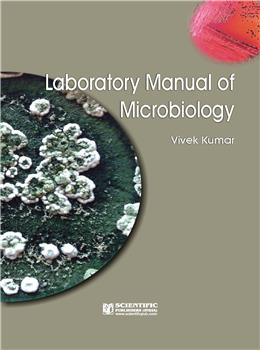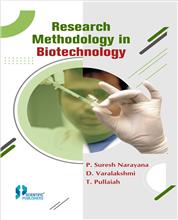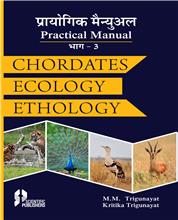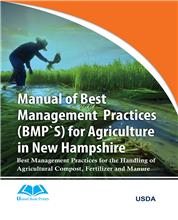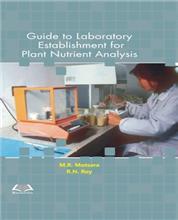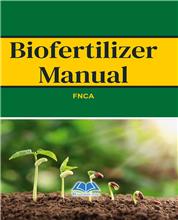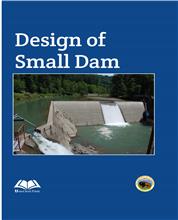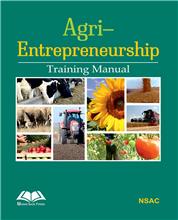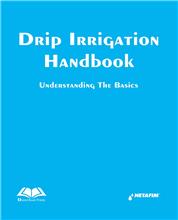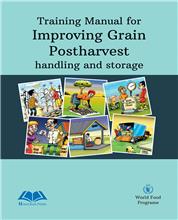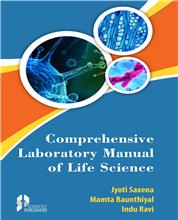This laboratory manual of microbiology has been written to meet the needs of students taking microbiology as major or subsidiary subject. The intention is to provide the students with well organized, user-friendly tool to better enable them to understand laboratory aspects of microbiology as well as to hopefully make learning laboratory material and preparing for independent player of a given experiment. Each exercise provides step-by-step procedure to complete the assignment successfully and easily. The lab exercises are designed to give the student hands-on laboratory experience to better reinforce certain topics discussed in exercise. The glossary is included covering terms as well as basic, discipline-specific terminology from microbiology that will be helpful to its readers. The main contents of the manual are: Microbiology laboratory practices and safety rules, Basic laboratory techniques, Microscopy, Staining and motility techniques, Environmental microbiology, Microbiological culture techniques, Growth of lactose fermenting and non fermenting microbes, Medical microbiology, Environmental effect on bacterial growth, Application of microbiology, Microbiology of milk and Appendices. The academic level of the book is graduate, post graduate students, research workers, teachers and scientists dealing with basic and applied aspects of microbiology.
